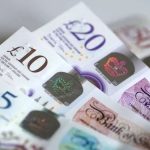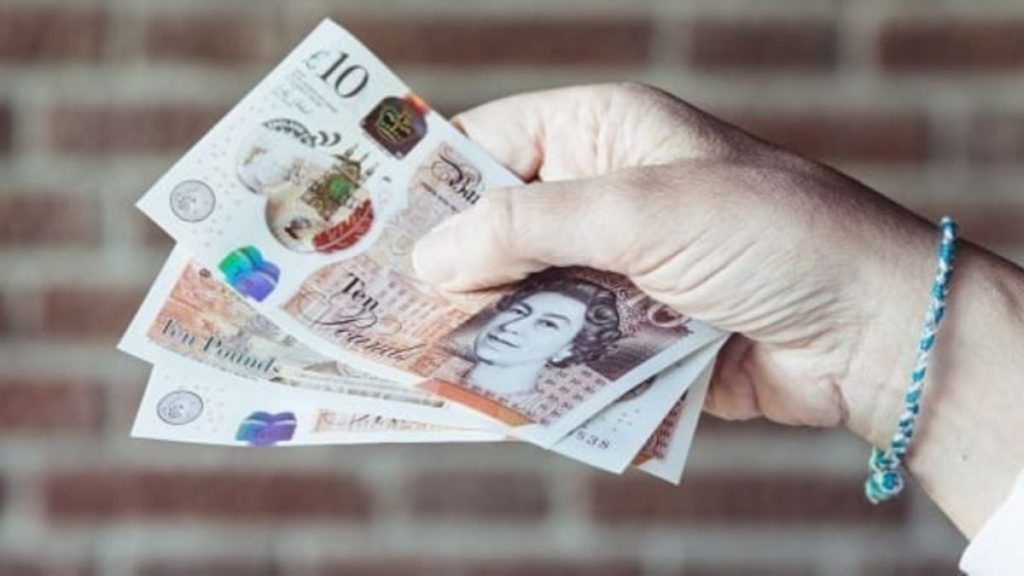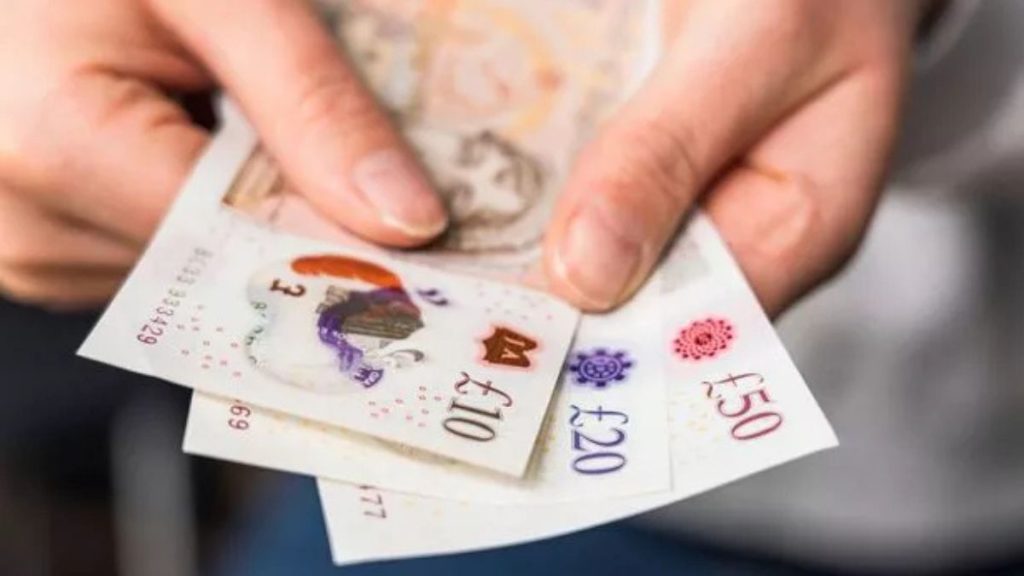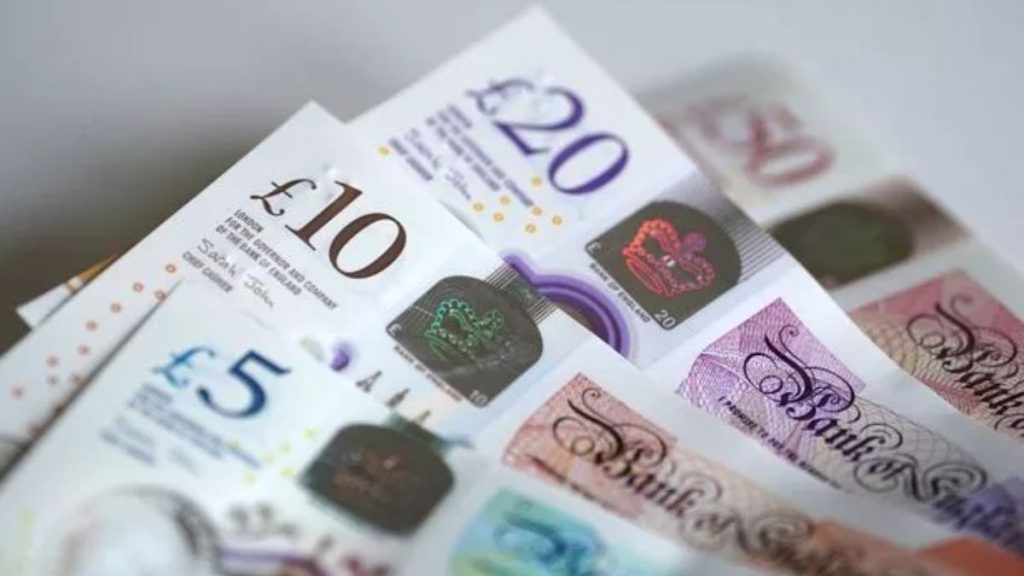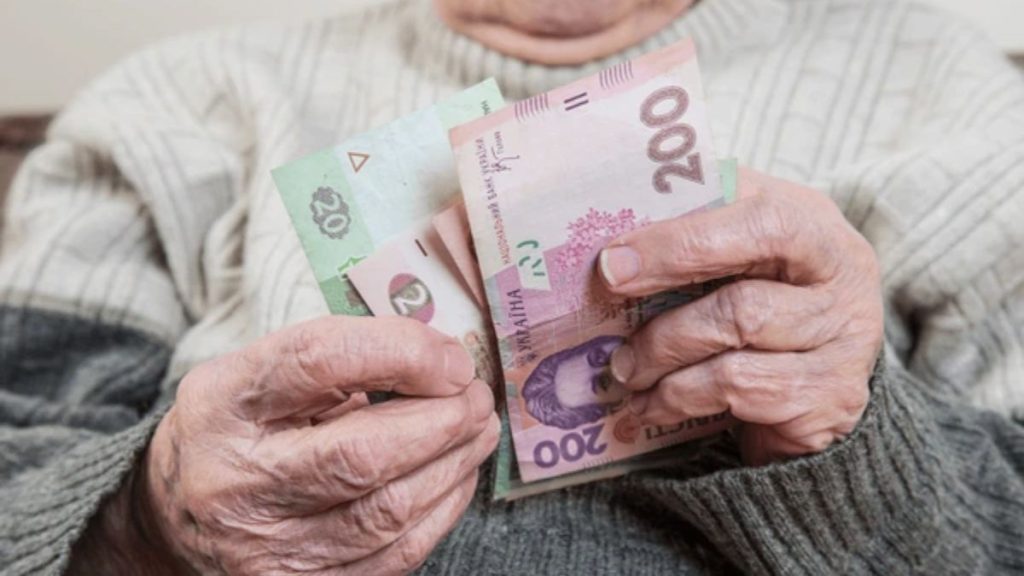As the cost of living continues to stretch household budgets across the UK, HM Revenue and Customs (HMRC) has issued a new reminder to taxpayers about the £1,047.50 tax-free allowance available in 2025. Many people are still unaware that they could be eligible to claim this allowance — and missing out could mean leaving hundreds of pounds on the table.
This announcement from HMRC serves as a wake-up call for millions of taxpayers who may not realise that the £1,047.50 tax relief can reduce their tax bill and increase take-home income. Whether you are employed, self-employed, retired, or earning interest from savings, understanding this allowance could make a noticeable difference to your finances this year.
What Exactly Is the £1,047.50 Tax-Free Allowance?

The £1,047.50 allowance refers to a specific portion of income that can be earned tax-free under certain HMRC schemes. It is separate from the standard personal allowance of £12,570, which most UK taxpayers already benefit from.
This smaller allowance applies in situations such as:
- The Marriage Allowance (where one partner transfers unused personal allowance).
- The Starting Rate for Savings (which allows low earners to receive interest tax-free).
- Certain low-income tax reliefs that support pensioners or part-time earners.
In simple terms, the £1,047.50 allowance allows eligible taxpayers to reduce their overall taxable income, meaning they can keep more of what they earn. Unfortunately, many people fail to claim it simply because they don’t know it exists.
Why HMRC Issued This Reminder Now
Each year, HMRC reviews the number of taxpayers claiming various tax reliefs and allowances — and the findings are often surprising. In 2024, thousands of eligible households failed to claim allowances they were entitled to, leaving millions of pounds unclaimed.
The 2025 reminder about the £1,047.50 tax-free allowance is designed to ensure more people take advantage of their full entitlements. According to HMRC, many of the unclaimed benefits are among low- to middle-income households, who could significantly benefit from even small tax savings amid rising living costs.
By increasing public awareness, HMRC hopes to encourage individuals and families to review their tax situation, claim missed reliefs, and ensure that no eligible taxpayer pays more than necessary.
Who Can Claim the £1,047.50 Allowance?
Eligibility for this allowance depends on your income level, marital status, and type of earnings. The following groups are most likely to qualify:
- Married couples or civil partners using the Marriage Allowance transfer.
- Low-income earners who do not fully use their personal allowance.
- Savers who earn modest interest on savings (under the starting savings rate threshold).
- Pensioners whose total income falls below HMRC’s taxable limit.
Each case is slightly different, and eligibility may also depend on whether your tax code is up to date and your income sources are correctly reported to HMRC.
The Marriage Allowance and Its Connection to the £1,047.50
One of the most common ways this allowance applies is through the Marriage Allowance. Under this scheme, a partner who earns less than the personal allowance threshold (£12,570) can transfer up to £1,260 of their unused allowance to their spouse or civil partner.
This transfer can reduce the higher-earning partner’s tax bill by up to £252 per year. The £1,047.50 figure is derived from how the allowance is applied in practice — depending on your income and eligibility, it represents the average annual benefit many couples receive through this tax relief.
The key takeaway is that this allowance is not automatic — you must apply for Marriage Allowance through HMRC’s website or your personal tax account.
Savings Income and the Starting Rate for Savings
Another group that benefits from this allowance includes savers who earn interest on savings accounts. HMRC allows up to £5,000 of savings income to be tax-free under the Starting Rate for Savings, provided your total income is below a certain threshold.
If your salary or pension is modest, the £1,047.50 tax-free portion can help protect more of your savings interest from being taxed. This is particularly advantageous for retirees and low-income households who rely on interest income as part of their monthly budget.
For most people, banks and building societies automatically report savings interest to HMRC, but it’s worth checking to make sure you are receiving your full entitlement.
How to Check If You Qualify
HMRC offers several easy ways to check your eligibility:
- Use HMRC’s online calculators for Marriage Allowance, savings reliefs, or pension tax relief.
- Log into your HMRC personal tax account and review your current allowances and tax code.
- Speak directly with HMRC by phone or online chat for clarification.
- Consult a tax adviser if you have multiple income sources or self-employment income.
Even if you’re not sure, it’s worth checking. Many people discover they qualify for relief after reviewing their records — often saving hundreds of pounds in the process.
How to Claim the £1,047.50 Allowance
The claiming process depends on which category you qualify under:
- For Marriage Allowance: Apply online via the HMRC Marriage Allowance Portal. Once approved, the transfer automatically reduces your partner’s tax.
- For Savings or Investment Income: If your bank reports your interest, HMRC usually adjusts your tax code automatically. If not, you may need to submit a Self Assessment tax return.
- For Pensioners or Self-Employed Individuals: Report your income through the annual Self Assessment to ensure HMRC applies all relevant reliefs.
Make sure your contact details, bank accounts, and tax records are updated before claiming.
Common Mistakes That Lead to Missed Claims
Many taxpayers lose out on valuable allowances simply because of avoidable errors. Here are the most common mistakes:
- Assuming ineligibility without checking HMRC’s updated criteria.
- Failing to reapply for Marriage Allowance after a change in income or marital status.
- Ignoring backdated claims that can recover unclaimed allowances from previous years.
- Not informing HMRC about life changes — such as retirement, new employment, or new income streams.
Remember: even if you missed claiming in previous years, HMRC allows backdated claims for up to four years — meaning couples could reclaim over £1,000 in total savings if eligible for multiple years.
The Financial Impact for UK Households
While £1,047.50 might sound modest at first, the actual savings potential is significant when applied correctly. A couple using the Marriage Allowance can save around £250 per year, while low-income earners and pensioners may reduce their overall tax bills even further.
For households already facing high energy costs, food prices, and mortgage payments, every bit of relief helps. HMRC’s reminder highlights the importance of taking full advantage of all available allowances to ease financial pressure.
How the £1,047.50 Allowance Works with the Personal Allowance
It’s crucial to understand that this allowance is separate from the standard personal allowance of £12,570.
The personal allowance ensures that most people can earn up to that amount before paying income tax. The additional £1,047.50 tax-free allowance applies in specific cases, offering extra relief for qualifying individuals or couples.
By combining both allowances, taxpayers can increase their total tax-free income and plan their finances more efficiently.
Backdated Claims — Recover Missed Allowances
HMRC’s rules allow eligible taxpayers to claim allowances retrospectively for up to four previous tax years. For example, if you qualified for the Marriage Allowance in 2021 but didn’t apply, you could still claim it now — and potentially receive a refund worth over £1,000.
To make a backdated claim:
- Visit gov.uk/marriage-allowance or contact HMRC.
- Provide accurate financial records for the relevant years.
- Ensure both partners’ National Insurance numbers and income details are up to date.
This can be a valuable opportunity for households that missed out previously.
When to Contact HMRC Directly
If you are uncertain about eligibility or have multiple income types, it’s best to speak directly with HMRC. Their advisers can:
- Verify your tax code.
- Confirm whether you qualify for the £1,047.50 allowance.
- Assist with claims or backdated refunds.
It’s always better to clarify your position now rather than risk paying more tax than necessary.
Why This Reminder Matters
At a time when inflation and living expenses remain high, the government’s message is clear: no one should pay more tax than they owe.
HMRC’s renewed push to highlight the £1,047.50 tax-free allowance is part of a broader effort to help families and individuals make the most of the UK’s tax system. Awareness is key — and a few minutes spent checking your eligibility could lead to meaningful savings.
Frequently Asked Questions (FAQs)
Q1. What is the £1,047.50 tax-free allowance?
It’s a tax relief that allows certain individuals — such as low-income earners, married couples, and savers — to earn part of their income tax-free, separate from the personal allowance.
Q2. How do I know if I’m eligible?
You can use HMRC’s online tools or contact HMRC directly. Eligibility depends on your income level, marital status, and type of income (such as savings or pension).
Q3. How do I apply for the allowance?
Applications can be made online through the HMRC portal, via Self Assessment, or automatically applied through your tax code depending on your income source.
Q4. Can I backdate my claim?
Yes. HMRC allows backdated claims for up to four years, which can result in a refund of over £1,000 for eligible households.
Q5. Does this allowance affect my personal allowance of £12,570?
No. The £1,047.50 allowance is separate and additional, providing extra tax relief beyond the standard personal allowance.


